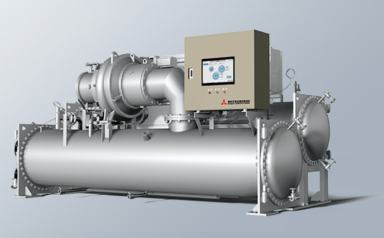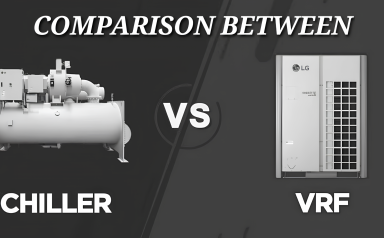
MENGENAL COOLING DATA CENTER & INOVASI MASA DEPAN UNTUK KEBERLANJUTAN
Seiring teknologi, lalu lintas internet, dan beban kerja membutuhkan lebih banyak sumber daya komputasi untuk menyimpan, memproses, mengelola, dan mentransfer data, permintaan terhadap data center terus meningkat. Laporan terbaru S&P Global Ratings memperkirakan kapasitas data center akan tumbuh sekitar 25%-30% per tahun hingga mencapai hampir 650 miliar dolar AS pada 2028, dari kurang dari 200 miliar dolar AS pada 2023.
 Chat with us
Chat with us









